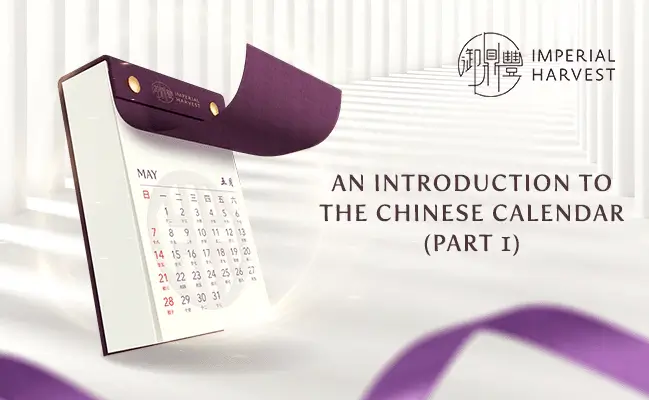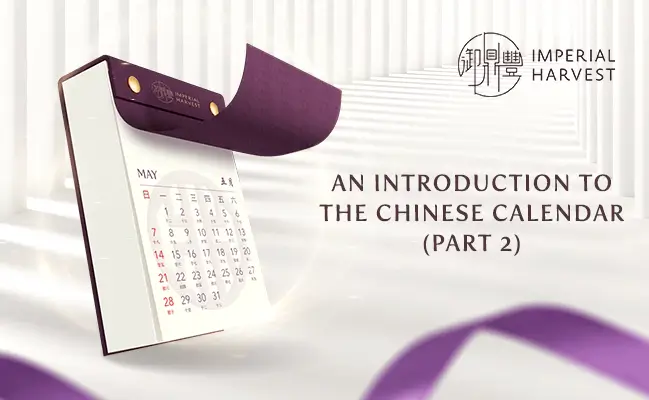Posted by Imperial Harvest on 19 May 2023
Estimated Reading Time: 4 mins
San Yuan Xuan Kong Da Gua Date Selection (三元玄空大卦择日) is a high-precision date selection principle used by Imperial Feng Shui masters to select auspicious dates for moving into a new house, the opening of a new business, conducting renovations, activating auspicious Mountain and Water stars to achieve breakthrough results in career, business, wealth, health and relationships.
This highly sophisticated date selection method incorporates the overlay of the Early Heaven Ba Gua and Luo Shu Diagram (先天八卦配洛数), the Five Elements of Xuan Kong (玄空五行) that derive the Five Elements from the He Tu (河图), the Pairing of 60 Jia Zi with 64 Hexagrams to assign the Year, Month, Date and Hour Pillar with a Period number (卦运) and Element number (卦气), Sitting Hexagram of the House and last but not least, the Bazi Charts of the occupants. The term, Da Gua (大卦), is the overarching term used to describe the complete family of Gua that encompasses the Parental Gua (父母卦), River East Gua (江东卦) and River West Gua (江西卦).
The development of a highly effective and potent date selection principles by Imperial Feng Shui masters requires an in-depth understanding and thorough understanding of the Chinese Calendar.
Read about the evolution of the Chinese calendar here
To more thoroughly appreciate the application of the Chinese calendar to the art of auspicious date selection, one requires a profound understanding of the genesis of the eight trigrams, or Ba Gua (八卦).
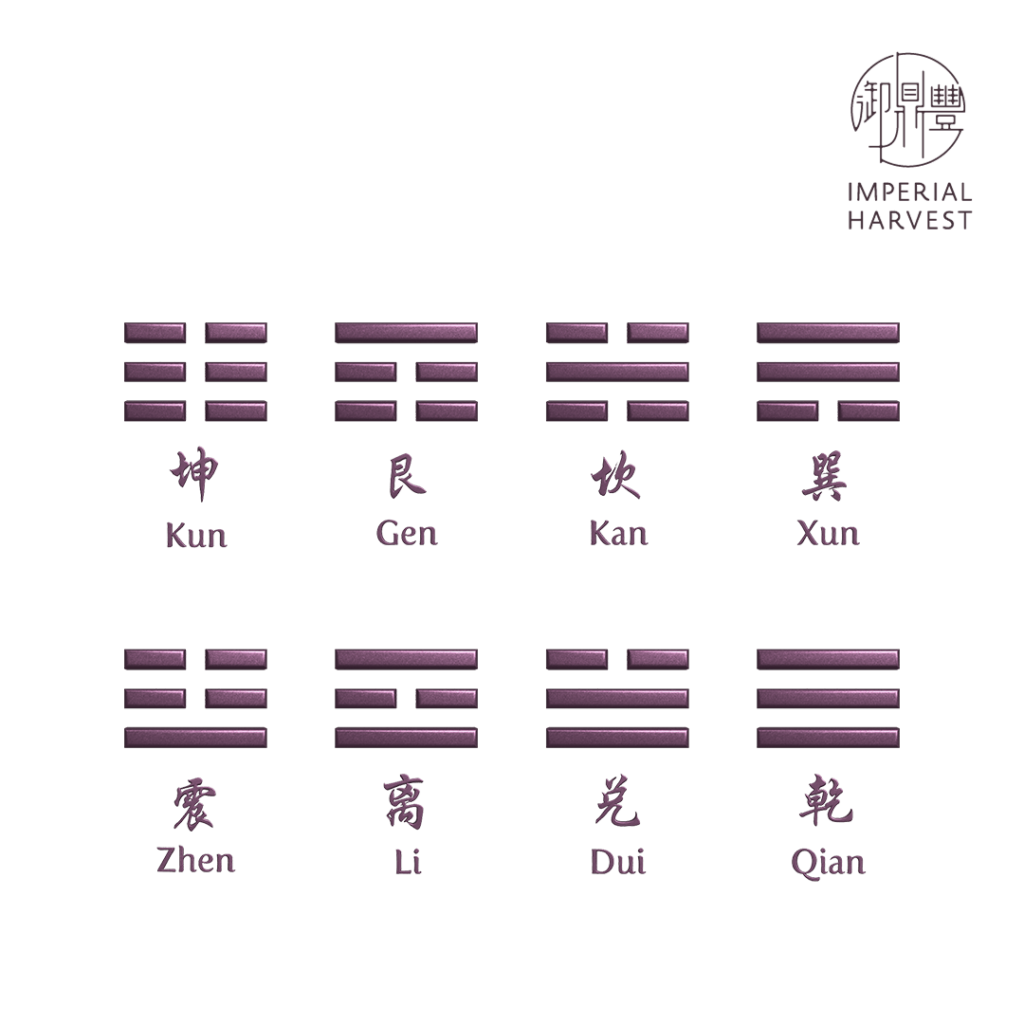
Origins of the Eight Trigrams – From Tai Ji to Ba Gua
According to San Yuan Xuan Kong Feng Shui (三元玄空风水) principles, Ba Gua originates from the four phenomena (四象), which are distinct states in which earthly matter exists. The four phenomena, in turn, derive from yin and yang, which refer to the two opposing (positive and negative) poles. Clear and light materials in the universe drifted upwards to form the Heavens, representing the Yang polarity. Whereas heavy and turgid materials sank to become the Earth or Yin. Together, the two complementary energies make up Tai Ji (太极) – a binary state of the universe with its Yin and Yang polarities.
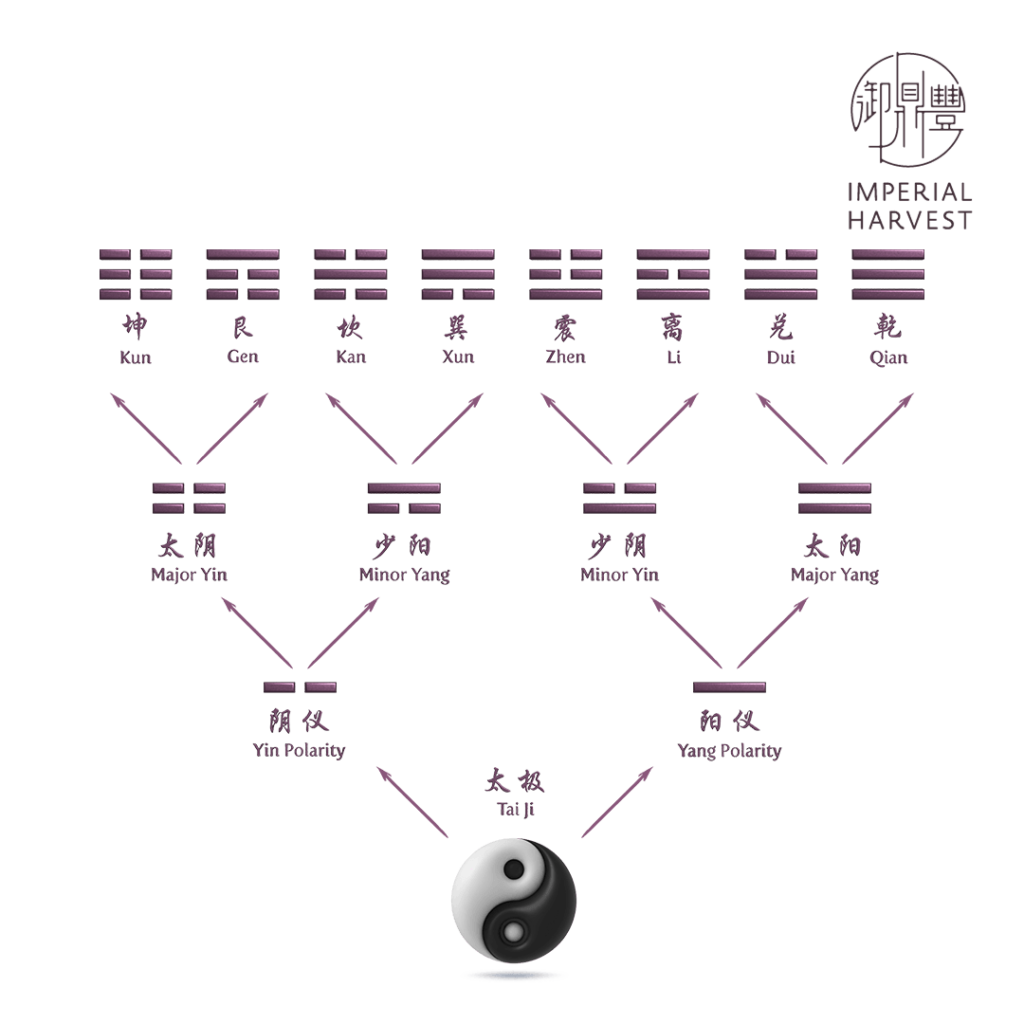
Significance of the Luo Shu (洛书)
The Eight Trigrams are commonly depicted in a specific formation known as the Luo Shu grid. In this framework, each Gua is assigned a number — ranging from 1 to 9 — and placed in a specific location relative to the other Guas.
The origin of the Luo Shu numbers stems from ancient Chinese legend. The legend tells of a tortoise that emerged from the Luo River, a major tributary of the great Yellow River, during an immense deluge. Unique to this particular tortoise was the distinctive pattern observed on its shell, which bore a number of dots arranged in a curious pattern. This pattern formed a neat three-by-three grid, with a total of nine compartments, or “palaces”. These dots fortuitously added up to a sum of 15 in any direction they were viewed.
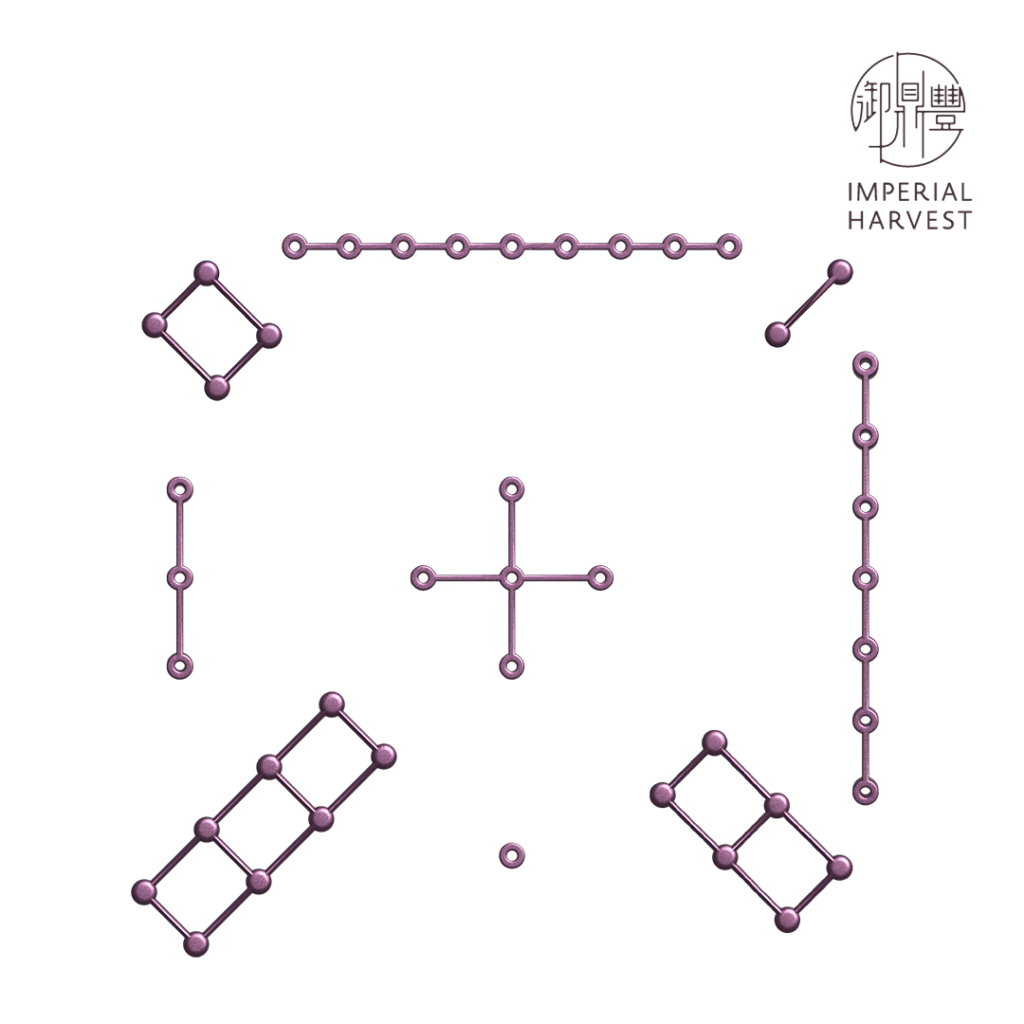
As observed, the sum of the dots in any horizontal, vertical or diagonal direction adds up to 15. This aligns with the numerous applications of the number 15 in Chinese metaphysics, underscoring its significance in this realm. The layout of the numbers formed by the Luo Shu grid came to provide the direction of movement of the flying stars (飞星) that underpin the practice of San Yuan Xuan Kong Feng Shui.
The 64 Hexagrams
Building upon the Eight Trigrams, the Xuan Kong Da Gua Date Selection (玄空大卦) method centres on the 64 hexagrams — referencing the possible combinations of the Eight Trigrams.
While the hexagram appears largely similar to a trigram, it consists of six horizontal lines — known as yao (爻) — instead of three. Each hexagram bears an element number, or Gua Qi (卦气), as well as a period number, or Gua Yun (卦运). These allow all 64 hexagrams to be categorised into eight groups of eight.
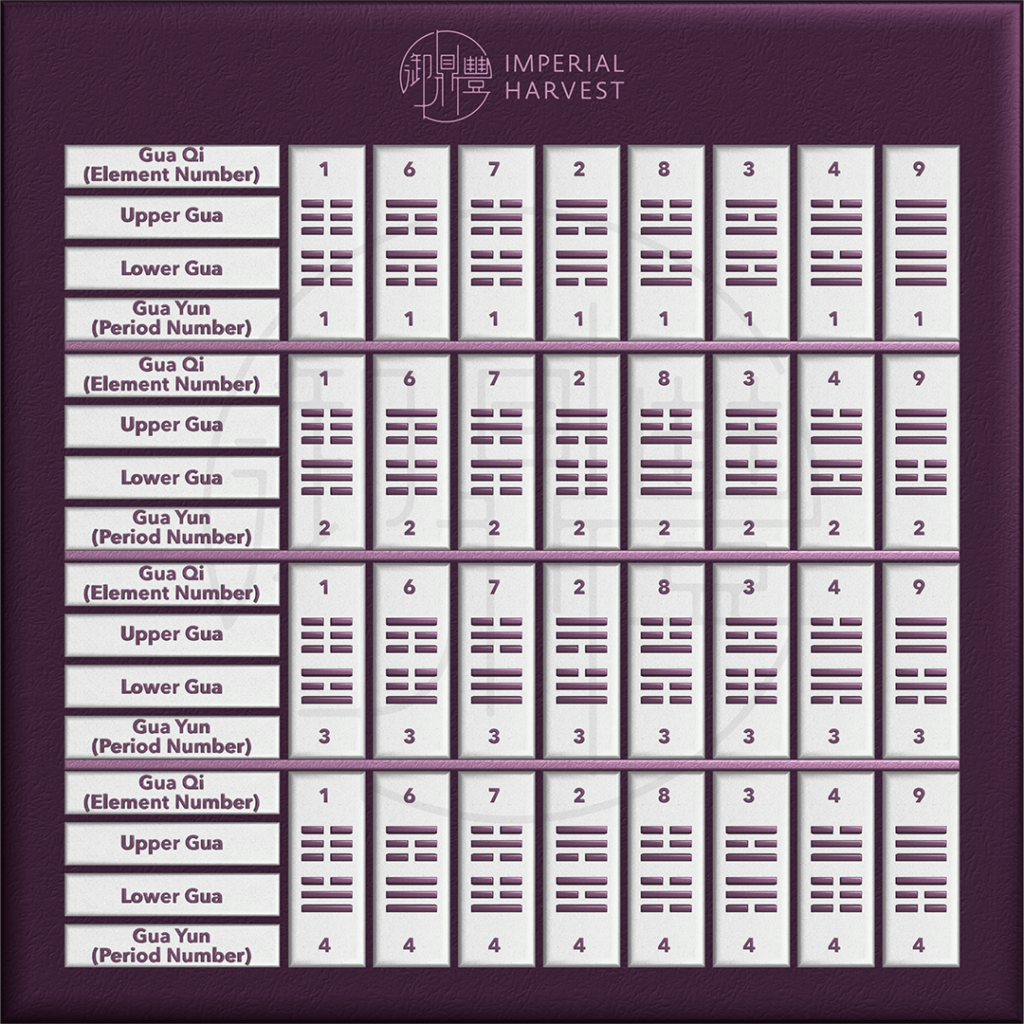
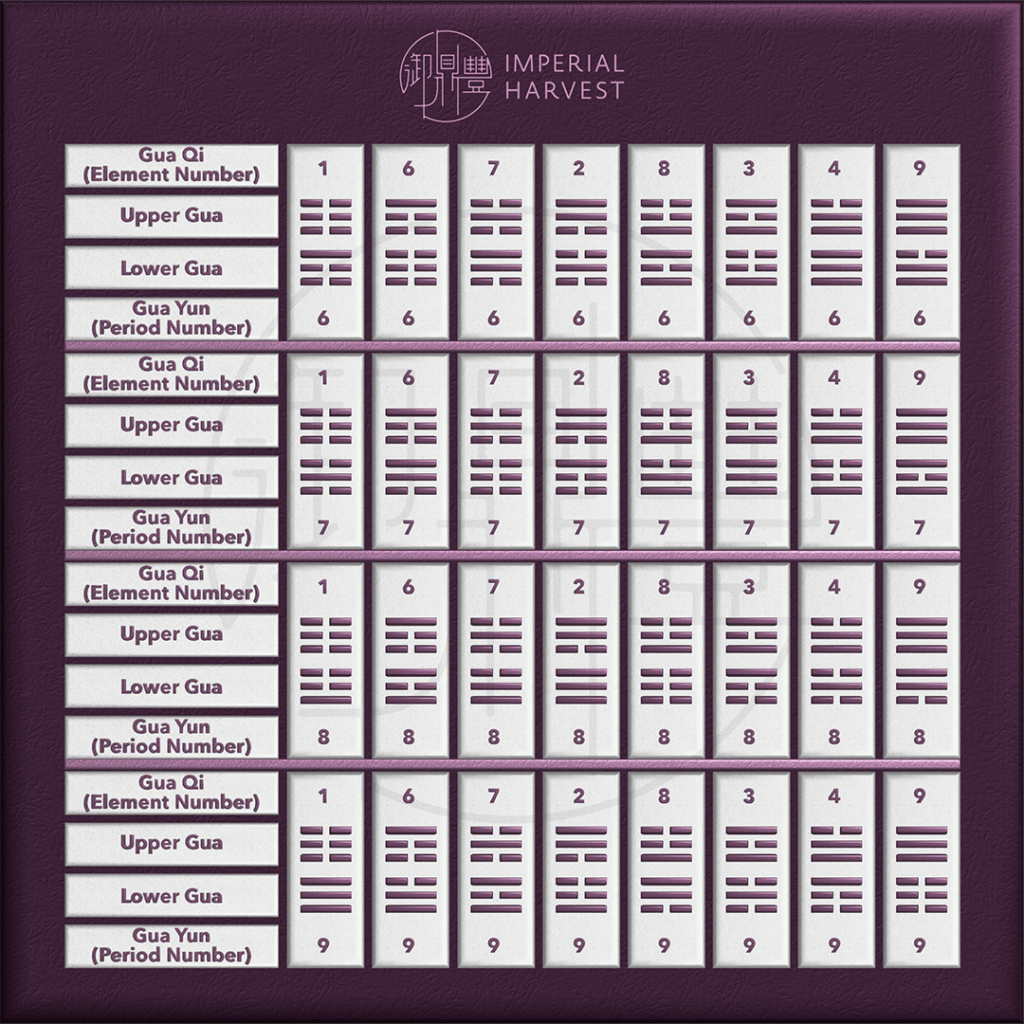
The 8 Periods of Hexagrams
As illustrated above, Period 1 Hexagrams are distinguished by the fact that their two constituent trigrams are identical. Meanwhile, each hexagram is assigned its element number according to the position occupied by the upper trigram in the Luo Shu arrangement. The matching of the upper trigram to its element number is thus, as follows:
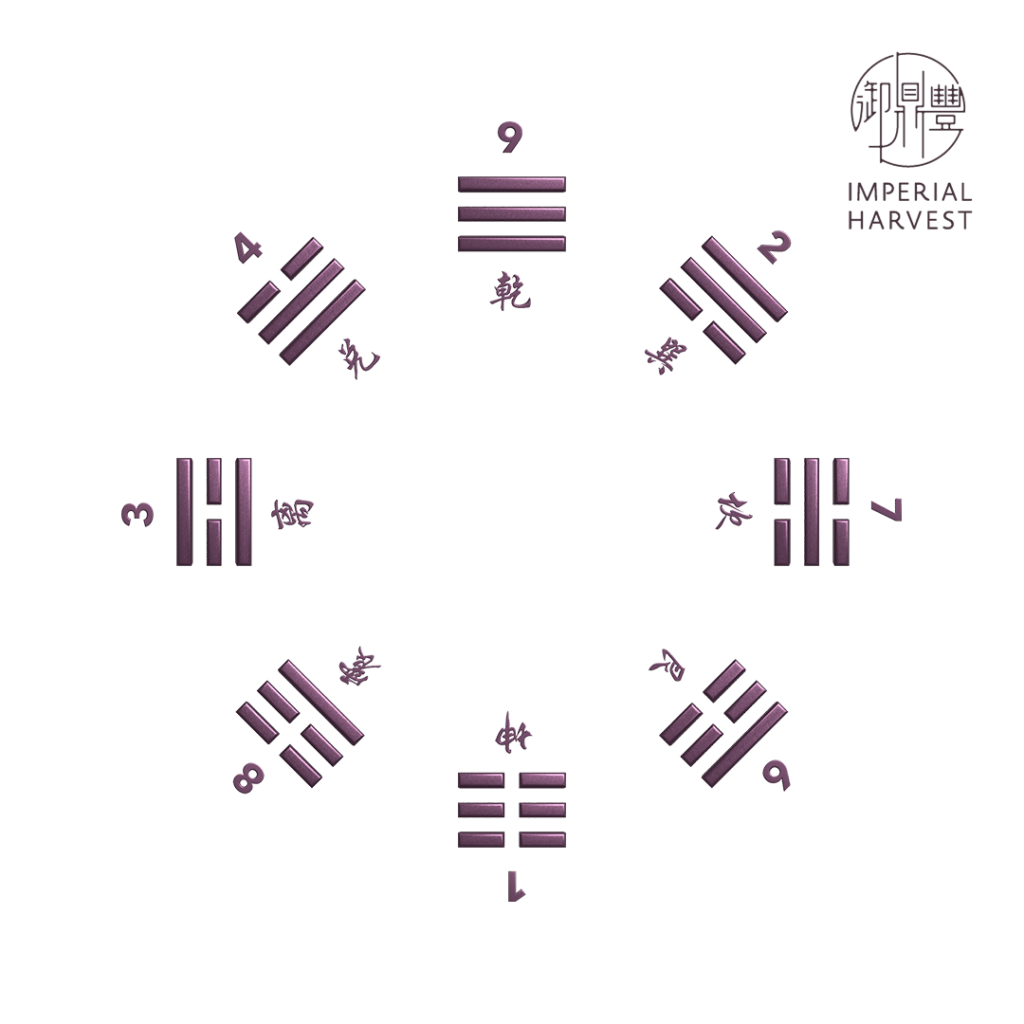
Conversely, the two constituent trigrams of all Period 9 hexagrams possess opposing yao arrangements.
Of the eight groups of hexagrams introduced above, hexagrams belonging to Periods 1 and 9 are set apart by their status as Parental Guas. Specifically, Period 1 hexagrams are known as Father Guas (父卦), while Period 9 hexagrams are Mother Guas (母卦). Father Guas head a “family” of River East Guas (江东卦), while Mother Guas belong to the River West Gua (江西卦) grouping.
| Gua group | Parental Gua | Other Guas within the group |
|---|---|---|
| River East | Father (Period 1) Guas | Period 6, 7 and 8 Guas |
| River West | Mother (Period 9) Guas | Period 2, 3 and 4 Guas |
Being central to the Xuan Kong Da Gua Date Selection method, the 64 hexagrams are of immense importance in the Feng Shui practitioner’s ability to select the most ideal date for each momentous occasion. At Imperial Harvest, Master David and his multi-generational heritage in this ancient art make him well-placed to harness the auspiciousness of each appointed date for the breakthrough successes of his blessed clients.
Along with Imperial Harvest’s dedicated consultants, Master David has partnered with countless ambitious individuals in leveraging their unlimited human potential to achieve the dreams of their desires. In the next article of this series, he will share how an ancient almanac system, cherished for generations for its applicability and accuracy, has bestowed success upon Imperial Harvest’s blessed clients.
- Fundamentals of Xuan Kong Da Gua Date Selection (玄空大卦)
- Xuan Kong Da Gua Date Selection: The Making of an Auspicious Date
Imperial Harvest’s expert consultants are always on hand to guide you on your journey and provide you with insights to help you realise your fullest potential. Book a complimentary consultation today or contact us at +65 92301640.
We are located at
For prospective clients:Imperial Harvest402 Orchard Road
Delfi Orchard #02-07/08
Singapore 238876 For existing clients:Imperial Harvest Prestige
402 Orchard Road
Delfi Orchard #03-24/25
Singapore 238876
Most Read Articles
Get to read our life changing articles and get inspired.
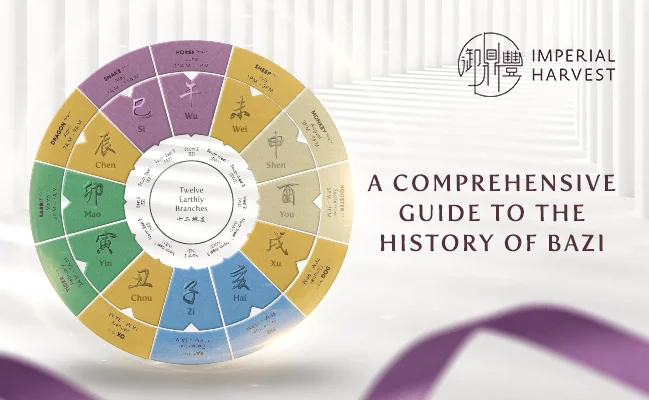
A Comprehensive Guide to the History of Bazi (八字)
Estimated Reading Time: 5 mins Bazi (八字) is often mistakenly assumed as the Chinese counterpart of western Astrology. The similarities between both systems lie in their utilisation of birth dates and time in their calculations, and the ability to be read from a tabulated chart. Where Astrology may take into account the positions of different […]
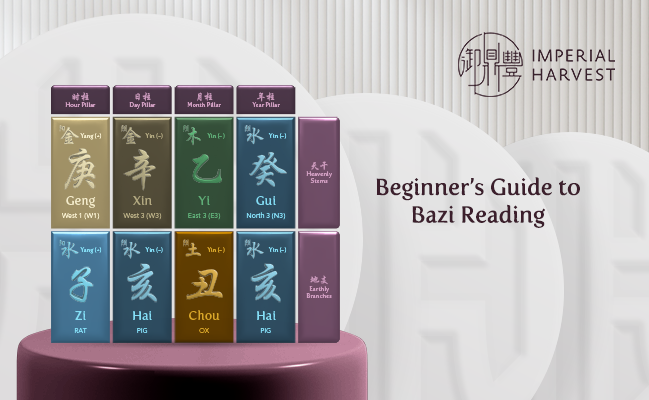
Beginner’s Guide to Bazi Reading
Estimated Reading Time: 5 mins Bazi (八字), or the Four Pillars of Destiny, is a multidisciplinary study in Imperial Feng Shui. It encompasses a well-developed set of metaphysical principles based on planetary influences, the duality of Yin and Yang, and the Five Elements. What is a Bazi Reading? Bazi is an intricate discipline within Imperial […]

Imperial Harvest Consecration Ceremony
Estimated Reading Time: 5 mins At Imperial Harvest, each earthly treasure undergoes a series of consecration rites performed by Master David, before it is bestowed upon its blessed owner. Every aspect of these sacred Chinese anointing rituals is carefully examined and accurately represented in Master David’s blessings, reflecting Imperial Harvest’s deep respect for these esteemed […]
